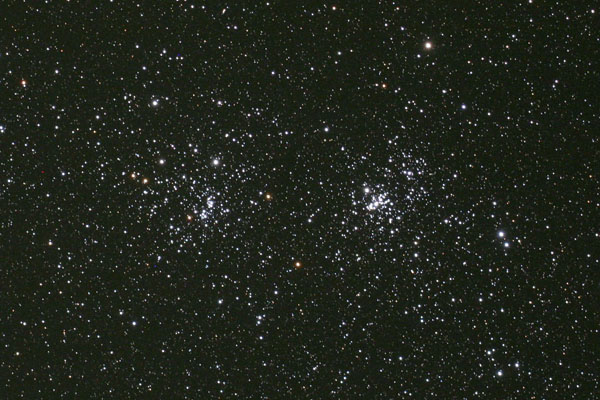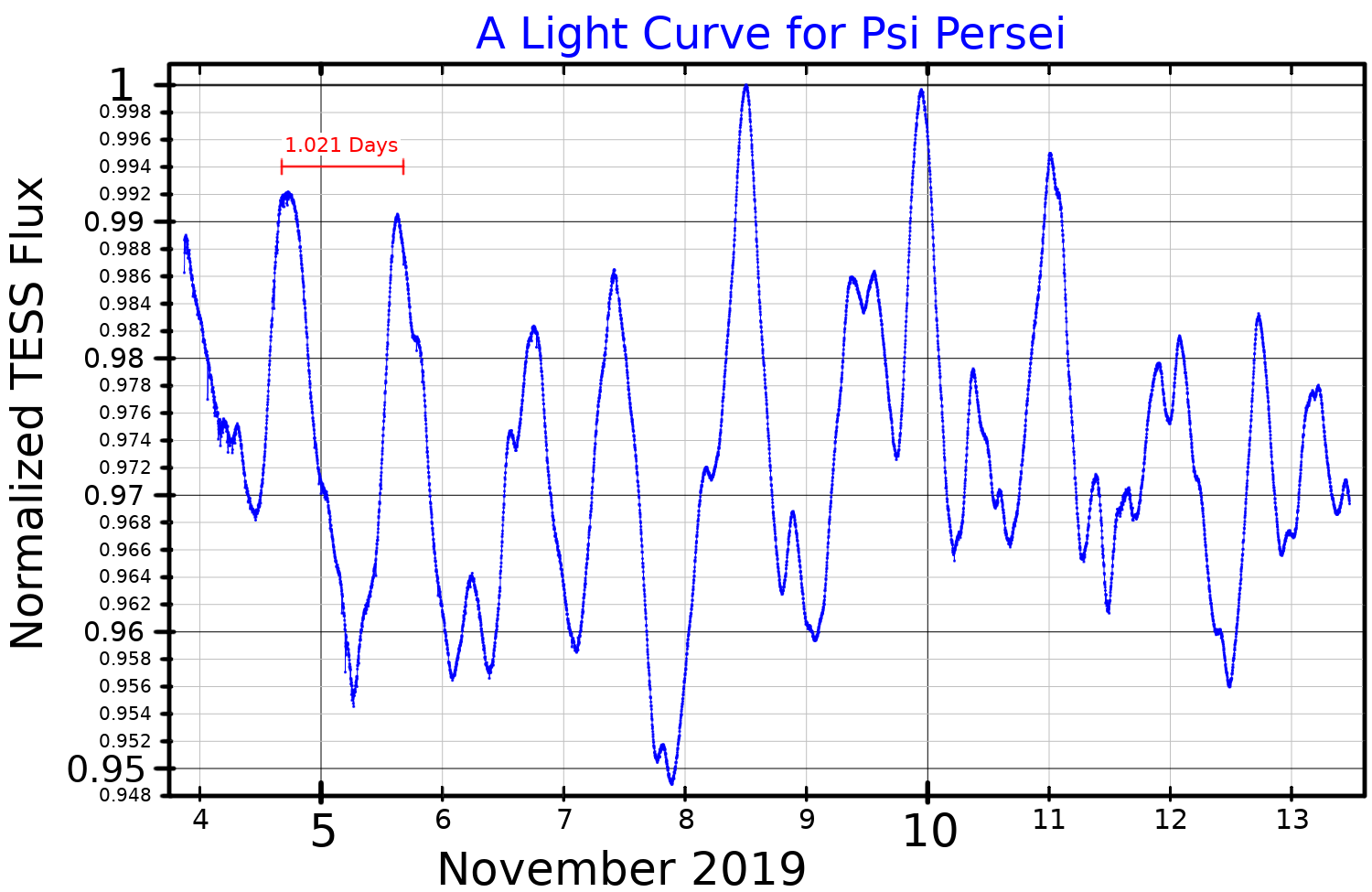|
η Persei
Eta Persei (η Persei, abbreviated Eta Per, η Per), is a red supergiant in the constellation of Perseus. Parallax measurements by the Gaia spacecraft imply that it is 1,000 is light-years away from Earth. At such distance, interstellar dust diminishes its apparent brightness by 0.47 magnitudes. The two components of Eta Persei itself are designated Eta Persei A (officially named Miram , a recent name for the system) and B. Nomenclature ''η Persei'' ( Latinised to ''Eta Persei'') is the binary star's Bayer designation. The designations of its two components as ''Eta Persei A'' and ''B'' derive from the convention used by the Washington Multiplicity Catalog (WMC) for multiple star systems, and adopted by the International Astronomical Union (IAU). Eta Persei mysteriously gained the named ''Miram'' in the 20th Century, though no source is known. In 2016, the IAU organized a Working Group on Star Names (WGSN) to catalog and standardize proper names for stars. The WGS ... [...More Info...] [...Related Items...] OR: [Wikipedia] [Google] [Baidu] [Amazon] |
Perseus (constellation)
Perseus is a constellation in the Northern celestial hemisphere, northern sky, named after the Greek mythology, Greek mythological hero Perseus. It is one of the 48 ancient constellations listed by the 2nd-century astronomer Ptolemy, and among the IAU designated constellations, 88 modern constellations defined by the International Astronomical Union (IAU). It is located near several other constellations named after ancient Greek legends surrounding Perseus, including Andromeda (constellation), Andromeda to the west and Cassiopeia (constellation), Cassiopeia to the north. Perseus is also bordered by Aries (constellation), Aries and Taurus (constellation), Taurus to the south, Auriga (constellation), Auriga to the east, Camelopardalis to the north, and Triangulum to the west. Some Celestial cartography, star atlases during the early 19th century also depicted Perseus holding the disembodied head of Medusa, whose Asterism (astronomy), asterism was named together as ''Perseus et Capu ... [...More Info...] [...Related Items...] OR: [Wikipedia] [Google] [Baidu] [Amazon] |
Parallax
Parallax is a displacement or difference in the apparent position of an object viewed along two different sightline, lines of sight and is measured by the angle or half-angle of inclination between those two lines. Due to perspective (graphical), foreshortening, nearby objects show a larger parallax than farther objects, so parallax can be used to determine distances. To measure large distances, such as the distance of a planet or a star from Earth, astronomers use the principle of parallax. Here, the term ''Stellar parallax, parallax'' is the semi-angle of inclination between two sight-lines to the star, as observed when Earth is on opposite sides of the Sun in its orbit. These distances form the lowest rung of what is called "the cosmic distance ladder", the first in a succession of methods by which astronomers determine the distances to celestial objects, serving as a basis for other distance measurements in astronomy forming the higher rungs of the ladder. Because parallax ... [...More Info...] [...Related Items...] OR: [Wikipedia] [Google] [Baidu] [Amazon] |
Psi Persei
Psi Persei (Psi Per, ψ Persei, ψ Per) is a single Be star in the northern constellation of Perseus. It has an apparent visual magnitude of about 4.2, so it is visible to the naked eye at night under suitably dark skies. Based on parallax measurements, it is located at a distance of roughly from the Earth. Properties This star has a stellar classification of B5Ve, which indicates it is a B-type main sequence star that is generating energy at its core through the nuclear fusion of hydrogen. It is a shell star with a circumstellar disc of gas surrounding the equator and extending out to about 11 times the radius of the star. As a result of this disc, the spectrum of this star shows emission lines (as indicated by the 'e' in the stellar class) and its magnitude varies over a period 1.021 days. The General Catalog of Variable Stars classifies Psi Persei as a gamma Cassiopeiae variable star, whose visual band brightness varies from magnitude 4.17 to 4.28. ... [...More Info...] [...Related Items...] OR: [Wikipedia] [Google] [Baidu] [Amazon] |
Delta Persei
Delta Persei (Delta Per, δ Persei, δ Per) is a double star in the northern constellation of Perseus. It has an apparent visual magnitude of 3.01, making it readily visible with the naked eye. Parallax measurements give it a distance of about from the Earth. The spectrum of this star matches a stellar classification of B5 III, which indicates it is a giant star that has evolved away from the main sequence after exhausting the hydrogen at its core. It has about seven times the Sun's mass and has an estimated age of 6.8 million years. The effective temperature of the outer envelope is 14,890 K, with the energy being emitted at this temperature giving it the blue-white hue that is a characteristic of a B-type star. It is rotating rapidly with a projected rotational velocity of 190 km s−1, which gives a lower bound for the actual azimuthal velocity along the star's equator. This is most probably a binary star and may be a triple star system. ... [...More Info...] [...Related Items...] OR: [Wikipedia] [Google] [Baidu] [Amazon] |
Multiple Star
A star system or stellar system is a small number of stars that orbit each other, bound by gravitational attraction. It may sometimes be used to refer to a single star. A large group of stars bound by gravitation is generally called a ''star cluster'' or ''galaxy'', although, broadly speaking, they are also star systems. Star systems are not to be confused with planetary systems, which include planets and similar bodies (such as comets). Terminology A star system of two stars is known as a ''binary star'', ''binary star system'' or ''physical double star''. Systems with four or more components are rare, and are much less commonly found than those with 2 or 3. Multiple-star systems are called ''triple'', ''ternary'', or ''trinary'' if they contain three stars; ''quadruple'' or ''quaternary'' if they contain four stars; ''quintuple'' or ''quintenary'' with five stars; ''sextuple'' or ''sextenary'' with six stars; ''septuple'' or ''septenary'' with seven stars; and ''octuple ... [...More Info...] [...Related Items...] OR: [Wikipedia] [Google] [Baidu] [Amazon] |
IAU Working Group On Star Names
The International Astronomical Union (IAU) established a Working Group on Star Names (WGSN) in May 2016 to catalog and standardize proper names for stars for the international astronomical community. It operates under Division C – Education, Outreach and Heritage. The IAU states that it is keen to make a distinction between the terms ''name'' and ''designation''. To the IAU, ''name'' refers to the (usually colloquial) term used for a star in everyday conversation, while ''designation'' is solely alphanumerical, and used almost exclusively in official catalogues and for professional astronomy. (The WGSN notes that transliterated Bayer designations (e.g., Tau Ceti) are considered a special historical case and are treated as designations.) Terms of reference The terms of reference for the WGSN for the period 2016–2018 were approved by the IAU Executive Committee at its meeting on 6 May 2016. In summary, these are to: * establish IAU guidelines for the proposal and a ... [...More Info...] [...Related Items...] OR: [Wikipedia] [Google] [Baidu] [Amazon] |
International Astronomical Union
The International Astronomical Union (IAU; , UAI) is an international non-governmental organization (INGO) with the objective of advancing astronomy in all aspects, including promoting astronomical research, outreach, education, and development through global cooperation. It was founded on 28 July 1919 in Brussels, Belgium and is based in Paris, France. The IAU is composed of individual members, who include both professional astronomers and junior scientists, and national members, such as professional associations, national societies, or academic institutions. Individual members are organised into divisions, committees, and working groups centered on particular subdisciplines, subjects, or initiatives. the Union had 85 national members and 12,734 individual members, spanning 90 countries and territories. Among the key activities of the IAU is serving as a forum for scientific conferences. It sponsors nine annual symposia and holds a triannual General Assembly that sets policy ... [...More Info...] [...Related Items...] OR: [Wikipedia] [Google] [Baidu] [Amazon] |
Star System
A star system or stellar system is a small number of stars that orbit each other, bound by gravity, gravitational attraction. It may sometimes be used to refer to a single star. A large group of stars bound by gravitation is generally called a ''star cluster'' or ''galaxy'', although, broadly speaking, they are also star systems. Star systems are not to be confused with planetary systems, which include planets and similar bodies (such as comets). Terminology A star system of two stars is known as a ''binary star'', ''binary star system'' or ''physical double star''. Systems with four or more components are rare, and are much less commonly found than those with 2 or 3. Multiple-star systems are called ''triple'', ''ternary'', or ''trinary'' if they contain three stars; ''quadruple'' or ''quaternary'' if they contain four stars; ''quintuple'' or ''quintenary'' with five stars; ''sextuple'' or ''sextenary'' with six stars; ''septuple'' or ''septenary'' with seven stars; and ' ... [...More Info...] [...Related Items...] OR: [Wikipedia] [Google] [Baidu] [Amazon] |
Latinisation Of Names
Latinisation (or Latinization) of names, also known as onomastic Latinisation (or onomastic Latinization), is the practice of rendering a ''non''-Latin name in a Neo-Latin, modern Latin style. It is commonly found with historical proper names, including personal names and toponyms, and in the standard binomial nomenclature of the life sciences. It goes further than romanisation, which is the transliteration of a word to the Latin alphabet from another script (e.g. Cyrillic). For authors writing in Latin, this change allows the name to function grammatically in a sentence through declension. In a scientific context, the main purpose of Latinisation may be to produce a name which is internationally consistent. Latinisation may be carried out by: * transforming the name into Latin sounds (e.g. for ), or * adding Latinate suffixes to the end of a name (e.g. for ''Heinrich Meibom (doctor), Meibom),'' or * translating a name with a specific meaning into Latin (e.g. for Italian ; b ... [...More Info...] [...Related Items...] OR: [Wikipedia] [Google] [Baidu] [Amazon] |
Eta Persei
Eta Persei (η Persei, abbreviated Eta Per, η Per), is a red supergiant in the constellation of Perseus. Parallax measurements by the Gaia spacecraft imply that it is 1,000 is light-years away from Earth. At such distance, interstellar dust diminishes its apparent brightness by 0.47 magnitudes. The two components of Eta Persei itself are designated Eta Persei A (officially named Miram , a recent name for the system) and B. Nomenclature ''η Persei'' ( Latinised to ''Eta Persei'') is the binary star's Bayer designation. The designations of its two components as ''Eta Persei A'' and ''B'' derive from the convention used by the Washington Multiplicity Catalog (WMC) for multiple star systems, and adopted by the International Astronomical Union (IAU). Eta Persei mysteriously gained the named ''Miram'' in the 20th Century, though no source is known. In 2016, the IAU organized a Working Group on Star Names (WGSN) to catalog and standardize proper names for stars. The WGSN ... [...More Info...] [...Related Items...] OR: [Wikipedia] [Google] [Baidu] [Amazon] |
Magnitude (astronomy)
In astronomy, magnitude is a measure of the brightness of an astronomical object, object, usually in a defined passband. An imprecise but systematic determination of the magnitude of objects was introduced in ancient times by Hipparchus. Magnitude values do not have a unit. The scale is Logarithmic scale, logarithmic and defined such that a magnitude 1 star is exactly 100 times brighter than a magnitude 6 star. Thus each step of one magnitude is \sqrt[5] \approx 2.512 times brighter than the magnitude 1 higher. The brighter an object appears, the lower the value of its magnitude, with the brightest objects reaching negative values. Astronomers use two different definitions of magnitude: apparent magnitude and absolute magnitude. The ''apparent'' magnitude () is the brightness of an object and depends on an object's intrinsic luminosity, its Cosmic distance ladder, distance, and the Extinction (astronomy), extinction reducing its brightness. The ''absolute'' magnitude () describes ... [...More Info...] [...Related Items...] OR: [Wikipedia] [Google] [Baidu] [Amazon] |
Interstellar Dust
Cosmic dustalso called extraterrestrial dust, space dust, or star dustis dust that occurs in outer space or has fallen onto Earth. Most cosmic dust particles measure between a few molecules and , such as micrometeoroids (30 μm). Cosmic dust can be further distinguished by its astronomical location: intergalactic dust, interstellar dust, interplanetary dust (as in the zodiacal cloud), and circumplanetary dust (as in a planetary ring). There are several methods to obtain space dust measurement. In the Solar System, interplanetary dust causes the zodiacal light. Solar System dust includes comet dust, planetary dust (like from Mars), asteroidal dust, dust from the Kuiper belt, and interstellar dust passing through the Solar System. Thousands of tons of cosmic dust are estimated to reach Earth's surface every year, with most grains having a mass between 10−16 kg (0.1 pg) and 10−4 kg (0.1 g). The density of the dust cloud through which the Earth is traveling is approximately ... [...More Info...] [...Related Items...] OR: [Wikipedia] [Google] [Baidu] [Amazon] |





